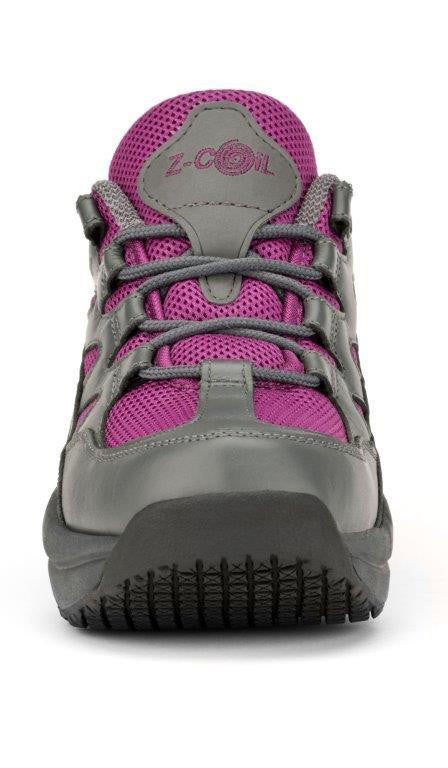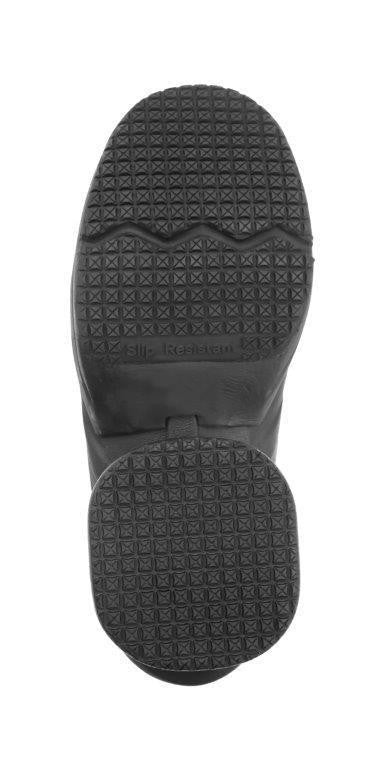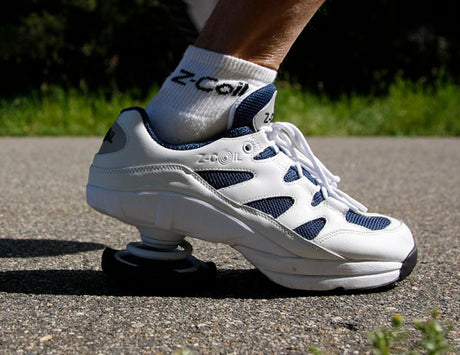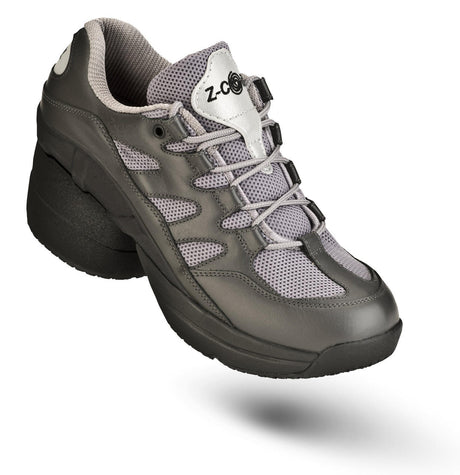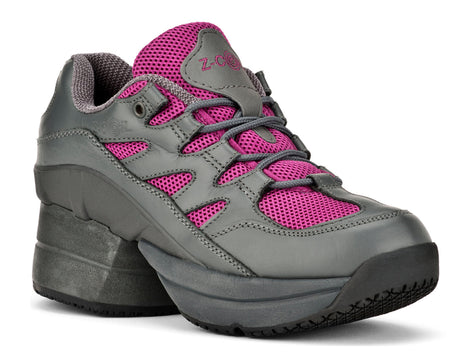
The American Heart Association recommends that adults get 30 minutes of exercise per day for our health. We know this. All the science the AHA uses to back up their position is already known by simple common sense. Is regular exercise good for our bodies? Yes it is.
In spite of all that common sense and research, many of us have a history of poor life choices. Thirty minutes of exercise per day can seem like an intimidating goal when you typically spend your time in front of the TV. And…on the other end of the spectrum, those who have ongoing pain or injuries from physical activity might want to get up and get active, but 30 minutes of exercise per day just sounds painful.
Fortunately, more common sense and a little science can help both of these issues. Yes, we do need to get moving, but we need to do it without injury.
The key is to reduce impact.
Baby Steps—But Steps Nonetheless
If you are one of the many who has spent far too much time on the sofa, we’re about to make you feel much better about those 30 minutes of exercise per day. Plain old walking counts as exercise.
So walk to the mailbox after dinner. Take the stairs at work. Park further away from the store or office and walk the distance. Take the kids or grandkids or dog to the park and chase them around a little. You’ll be surprised how easy it is to add movement to your day. And before you know it, your body will feel better and stronger and be ready to do more.
If you are recovering from stress injuries, staying as mobile as possible will help as long as you are protected from further injury. Walking is a good, low impact way to do that.
Science, Part 1 – Kinetics
Kinetics is the study of how various forces act on a mechanism. In the case of exercise, your body is the mechanism and the exercise you are doing is the force. So in plain English, kinetics is the study of how your body reacts to different types of exercise.
Open kinetic exercises are movements like dumbbell flies and calf raises on a block. The far end of your body is moving free. Closed kinetic exercises are movements like standing squats and pushups. The far end of your body is not moving free; it is secured in place.
When therapists work with people who are either just starting out on an exercise regime or recovering from an injury, they focus on closed kinetic exercises. Your body is held in place, which protects it from injury, while the muscle groups still have to work.
With closed kinetic movements, you get the same benefits you get from walking—low impact exercise.
Science, Part 2 – Shoes
Another good way to reduce impact on your body during exercise is to make sure you have shoes that are designed to provide both cushioning and support. Cushioning to absorb the impact of exercise, and support to align the mechanics of your body correctly as you move.
Z-CoiL shoes were designed to help our founder, an avid runner, recover from his running injuries. Their patented design allows you to get back on your feet and starting walking without pain.
We’re so sure that Z-CoiL will reduce your pain and get you walking again that we offer a 30-day risk-free guarantee. If they don’t meet your expectations, just return them in the first 30 days for a full refund. We’ve helped over a million feet feel better, and we can help yours too.


